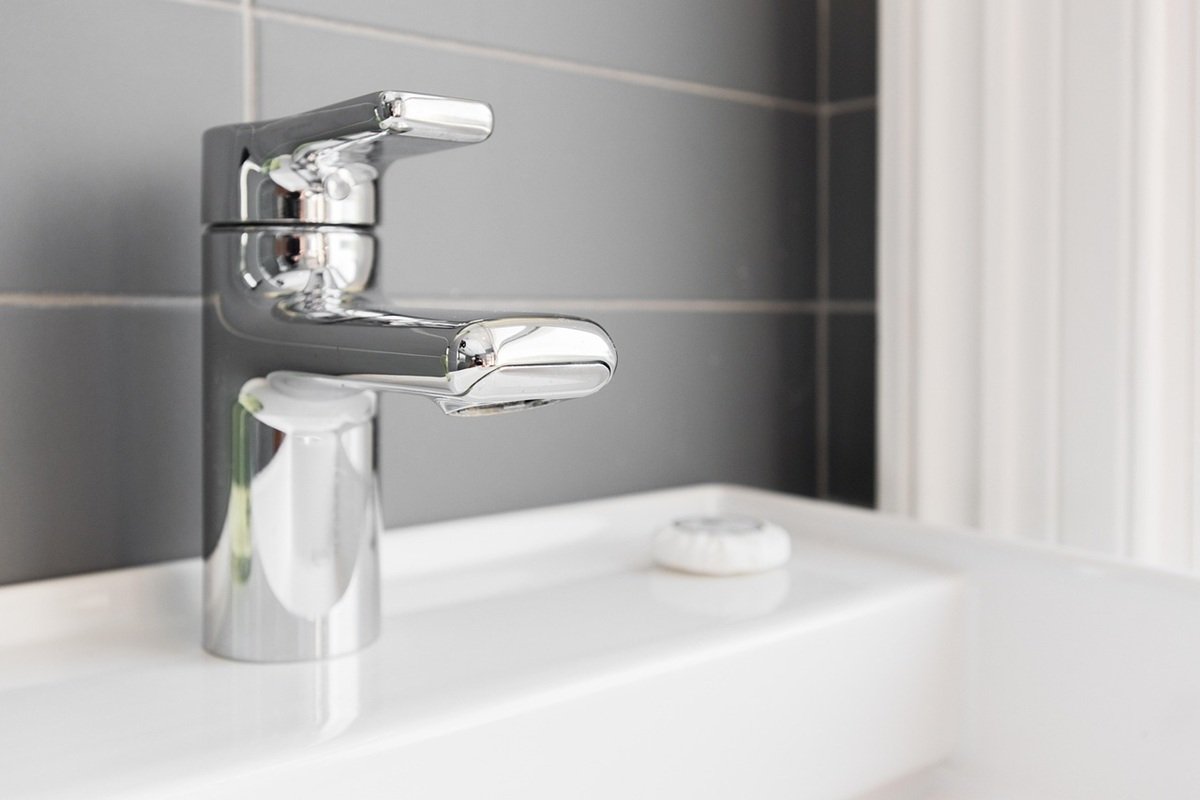In New Zealand, when we talk about having a sustainable home, we tend to focus on practices that help reduce our carbon footprint and preserve the planet’s natural resources. While you might first think of solar panels or recycling, your home’s plumbing system also plays an important role in sustainability efforts. From the water you drink to the energy you use for heating, your pipes, fixtures, and appliances are the very heart of an eco-friendly home.
What are some essential eco-friendly plumbing practices to help you create a more sustainable, energy efficient and cost-effective, Kiwi home? Let’s take a look below.
1. Start With Water-Saving Fixtures
Did you know that most of your home’s water is used in the bathroom? This makes it the perfect place to start your eco-plumbing journey. The easiest and most impactful change you can make is installing a dual-flush toilet. The half-flush setting alone can lead to a significant, noticeable reduction in your water usage and bills.
Additionally, consider upgrading to a low-flow shower head. Modern low-flow heads use advanced atomising technology, which provides excellent water pressure while dramatically cutting down on water consumption.
2. Embrace Greywater Recycling Systems
If you’ve already implemented water-saving habits and want to take your conservation to the next level, it might be time to consider a greywater system. Greywater is the gently used wastewater from your bath, shower, bathroom sink, and washing machine.
This water is perfectly safe to be treated and reused for purposes like flushing toilets or watering your garden and lawn, especially with the right storage and filtration setup. If you’re interested in exploring a greywater or rainwater collection system for your home, contact a local plumber to see if it’s the right fit for your property.
3. Upgrade To An Energy-Efficient Water Heater
Heating water is a major consumer of energy in your home – one of the biggest in fact! While there are a few hot water heating options available out there – from gas and electric cylinders to solar hot water systems – their practicality and energy efficiency does vary so you will need to work with a professional to find one that suits your property.If you have an older electric hot water cylinder, you might consider upgrading an instantaneous or continuous flow gas water heating system, or a more modern heat pump hot water system. Or if the situation allows, installing solar panels to help with energy usage might be an option.
4. Insulate Your Pipes
Pipe insulation is a low-cost, high-impact solution for a more sustainable home. You can find affordable foam coverings and pipe wraps at any local hardware store. Insulating your pipes, especially those running along exterior walls results in:
- Energy Conservation: Keeps the hot water hot as it travels from your water heater to the tap, reducing heat loss.
- Water Savings: You don’t have to run the water as long while waiting for it to warm up, saving lots of clean, potable water from going down the drain.
5. Detect And Repair Leaks Promptly
Even the smallest, most-undetected leak can waste a staggering amount of water over time. A constant drip not only harms the environment but can also lead to a surprisingly high water bill.Regularly check your faucets, toilets, showers, and outdoor taps for any signs of a leak. If you suspect a hidden leak in your drains or underground pipes, a professional plumber can perform a drainage inspection to find and fix the issue before it becomes a major problem. You could even consider installing a smart water meter that monitors water usage and detects leaks.
6. Choose Sustainable Plumbing Materials
When it’s time to replace or install new pipes, ask your plumber about the most sustainable material options available. Today’s market offers a range of durable and eco-friendly materials which are often more sustainable than older materials.
If you live in an older home, a plumbing review can identify outdated plastic piping (common in the 70s and 80s) that could be a significant risk for leaks and damage. Making these upgrades is not only an eco-friendly choice but a wise investment in your home.
7. Dispose Of Hazardous Materials Properly
Protecting our pristine New Zealand waterways is a shared responsibility. It is illegal and extremely harmful to the environment to pour hazardous materials like chemicals, paint, or solvents down your drains.
Contact your local council to find a designated “refuse and recovery transfer station” for proper, safe disposal of anything you are unsure of. This small act is a good step towards preserving our clean water sources.
8. Cultivate Lifetime Eco-Friendly Habits
The most sustainable plumbing practice doesn’t require any tools at all it’s all about changing your habits for good. Work with your family members and build strong practices around eco-friendly options that will withstand the test of time for future generations.
Some examples might be only using the half-flush on the toilet, turning off the tap while brushing your teeth, reducing shower times, only running the dishwasher when it’s full, and making sure you have a full load of washing to run. Every little bit counts and these everyday changes will add up to water and energy savings.
Embracing eco-friendly plumbing is a powerful way to reduce your carbon footprint, lower your utility bills, and contribute to a more sustainable future for New Zealand. If you’re ready to make some plumbing changes to your home Whitehead Plumbing is here to help with sustainable plumbing installations and repairs that protect both your home and the environment.


